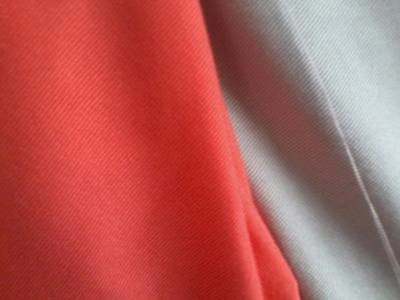Basic Knowledge of Kids Wear Fabric
Any clothes can not be separated from the fabric. If there is no fabric, even the best designer and tailors can not design and make any clothes, just like the trees without roots and water without sources. Therefore, the fabric can be said to be one of the three elements of clothes. The fabric of good or bad qualities can directly affect the quality of clothes. The different fabrics play decisive roles in the styles and characteristics of the clothes. They also have impacts on the clothes colors and modeling effects.
As a branch of clothing, there is no exception for kids wear. If we have a good knowledge of all kinds of kdis wear fabrics properties and characteristics, we can pick up the suitable clothes for children when we are purchasing kids wear. Common clothing fabrics mainly include cotton, linen, silk, woolen, chemical fiber and blending. Let us look at the characteristics of each kind.
1. Cotton cloth. Cotton is one of the most common children' s fabric. It is suitable for children' s skin and can be used to make children' s intimates. Cotton features in warm, soft, good water absorption and breathability. It is the best choice especially for infants. However, the cotton clothes also have some shortcomings such as being easy to shrink and wrinkle, not stiff enough in the looks, so cotton cloth is not suitable for making jackets.
As a branch of clothing, there is no exception for kids wear. If we have a good knowledge of all kinds of kdis wear fabrics properties and characteristics, we can pick up the suitable clothes for children when we are purchasing kids wear. Common clothing fabrics mainly include cotton, linen, silk, woolen, chemical fiber and blending. Let us look at the characteristics of each kind.
1. Cotton cloth. Cotton is one of the most common children' s fabric. It is suitable for children' s skin and can be used to make children' s intimates. Cotton features in warm, soft, good water absorption and breathability. It is the best choice especially for infants. However, the cotton clothes also have some shortcomings such as being easy to shrink and wrinkle, not stiff enough in the looks, so cotton cloth is not suitable for making jackets.
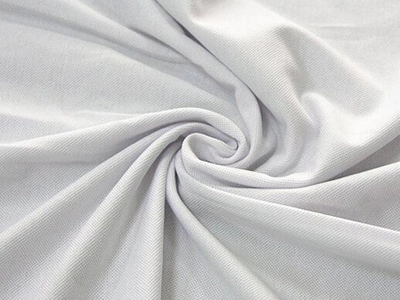
2.Linen. Linen is also one of the clothing fabrics of long history. Linen has many characteristics similar to those of cotton, such as good water absorption and breathable properties. Except these, it also features in high strength and better thermal conductivity. The disadvantages of linen are roughness and stiffness. It will inevitably make people uncomfortable if it keeps long-term contact with human skin. Thus, they are not suitable for making underwear.
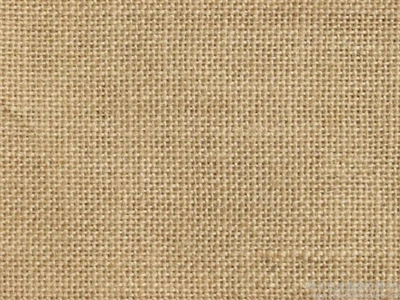
3. Silk. Silk is a famous high-end clothing material in ancient China. Silk is characterized by thinness, well fitting, softness, breathability, smoothness and glossiness. Silk clothes make people graceful, elegant and comfortable. The shortcomings of silk are also very obvious, being of poor water absorption, not stiff enough and easy to become wrinkled and faded.

4. Woolen. Woolen is also known as wool. It is strong, durable, flexible and warm. It is hard to become wrinkled and feels very soft. And it also features in good eslasticity and good heat retention property. The shortcoming is difficult to wash up.
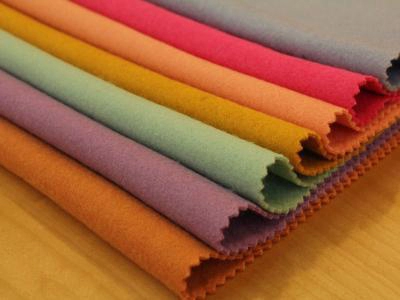
5. Chemical fiber. Chemical fiber are with bright color, soft, smooth and comfortable. But it is of non-durableness, poor water absorption and breathability and afraid of high temperature. It is easy to deform if it meets high temperature. Chemical fiber is relatively low-grade fabric and are rarely used right now.
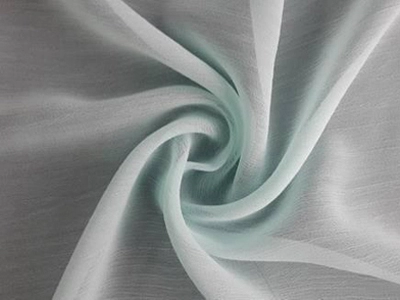
6.Blending. Blending is a fabric collection of a number of fabrics. It owns the advantages of cotton, linen, silk, woolen, chemical fiber and other fabrics. It has advantages of good water absorption, good breathability and softness. Meanwhile it avoids the shortcomings of various fabrics. The cost of blending is also low. Now, it has already become one of the most widely used fabrics.
